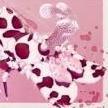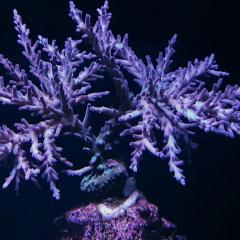SRC Tank of the Quarter Winner - Crispin aka Clee123
-
Topics
-
Latest Update
-
0
WTS Zoas colony at clearance price.
Hi guys, selling 3 x zoas colony on a 3” frag disc at bundle price of $35 only! Priority for buyer who can collect by end of Sunday as I’m travelling on Monday. Collection at Geylang S398412. WA me at 96nineone03oneeight if keen thx! -
-
1
Easy corals
Pm WhatsApp 93481519 Sent from my Pixel 8 Pro using Tapatalk -
1
Easy corals
1. Long tentacle luminous gsp-$10 2. Red mushrom- 3 heads -$10 3. Sour apple birdnest multi branch at least 1 in-$5 4. Luminous bird nest multi branch at least 1 inch-$5 5. Red, green and lime green monti (at least 1 in by 1 in)-$10 6. Red stag (1.5 in)-$10 Collection in punggol. Coral will still need to be fragged from mother colonies below: Sent from my iPhone using Tapatalk -
-







Recommended Posts
Join the conversation
You can post now and register later. If you have an account, sign in now to post with your account.